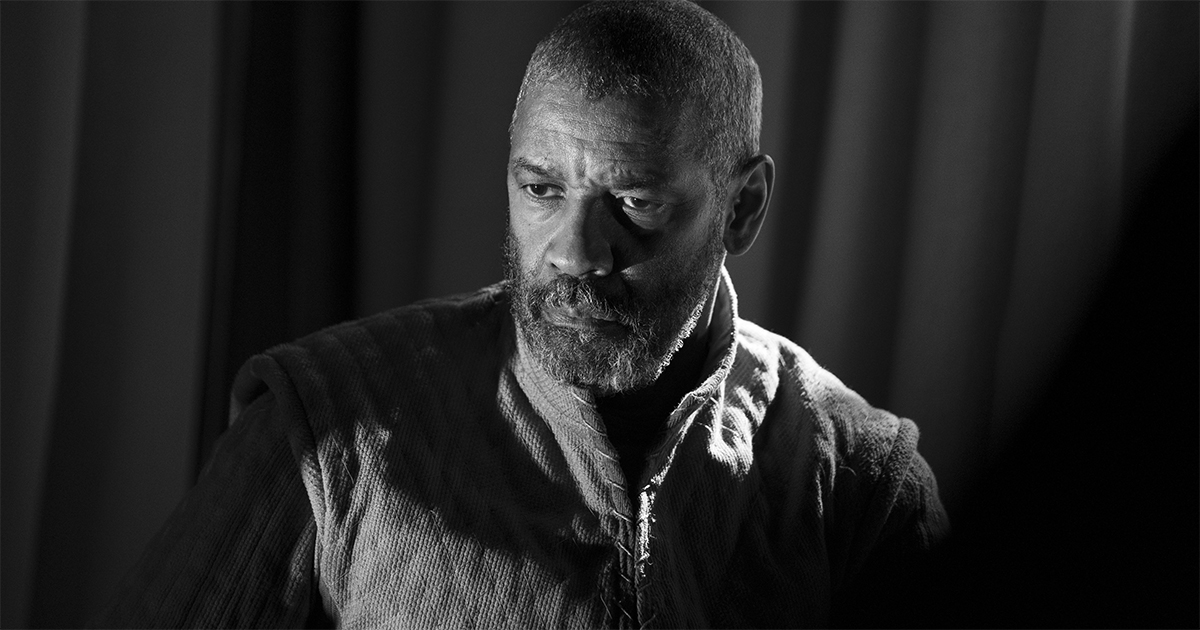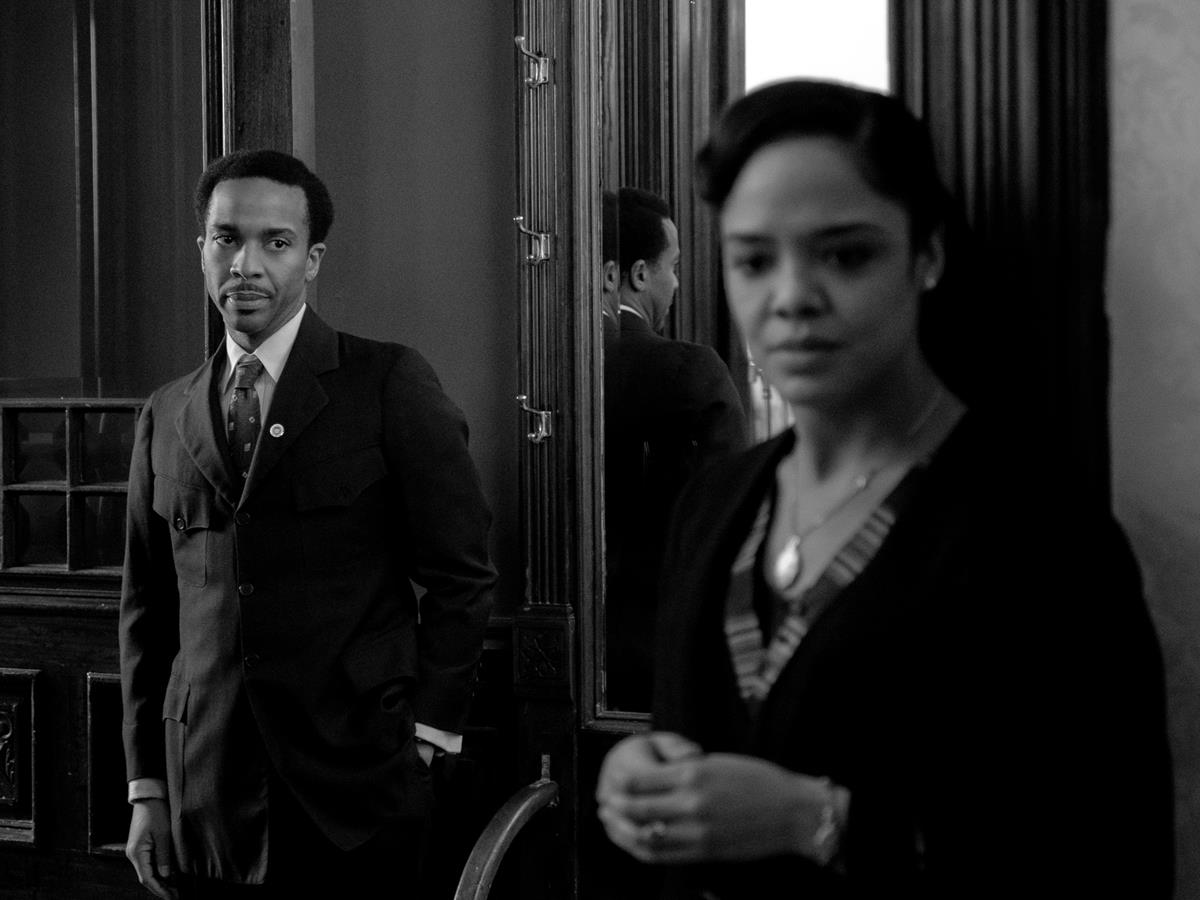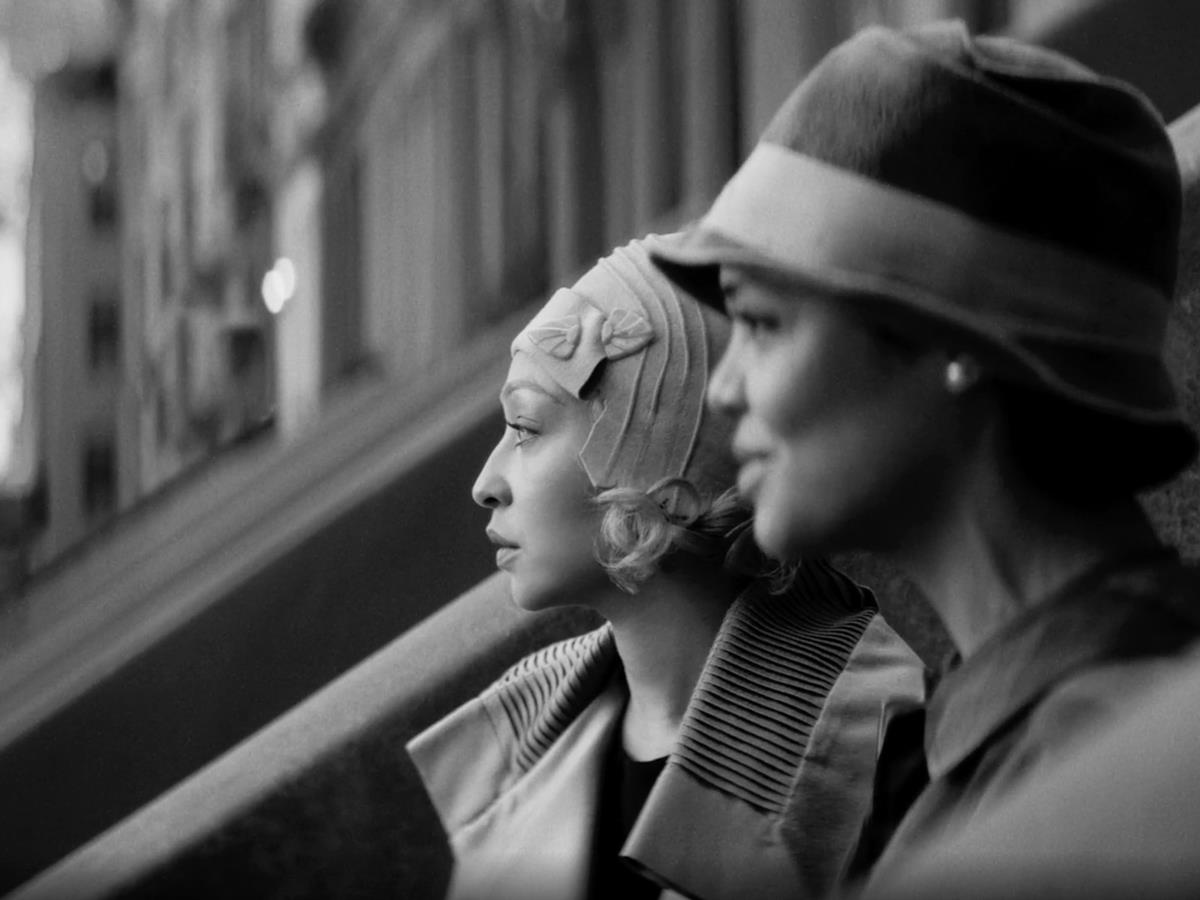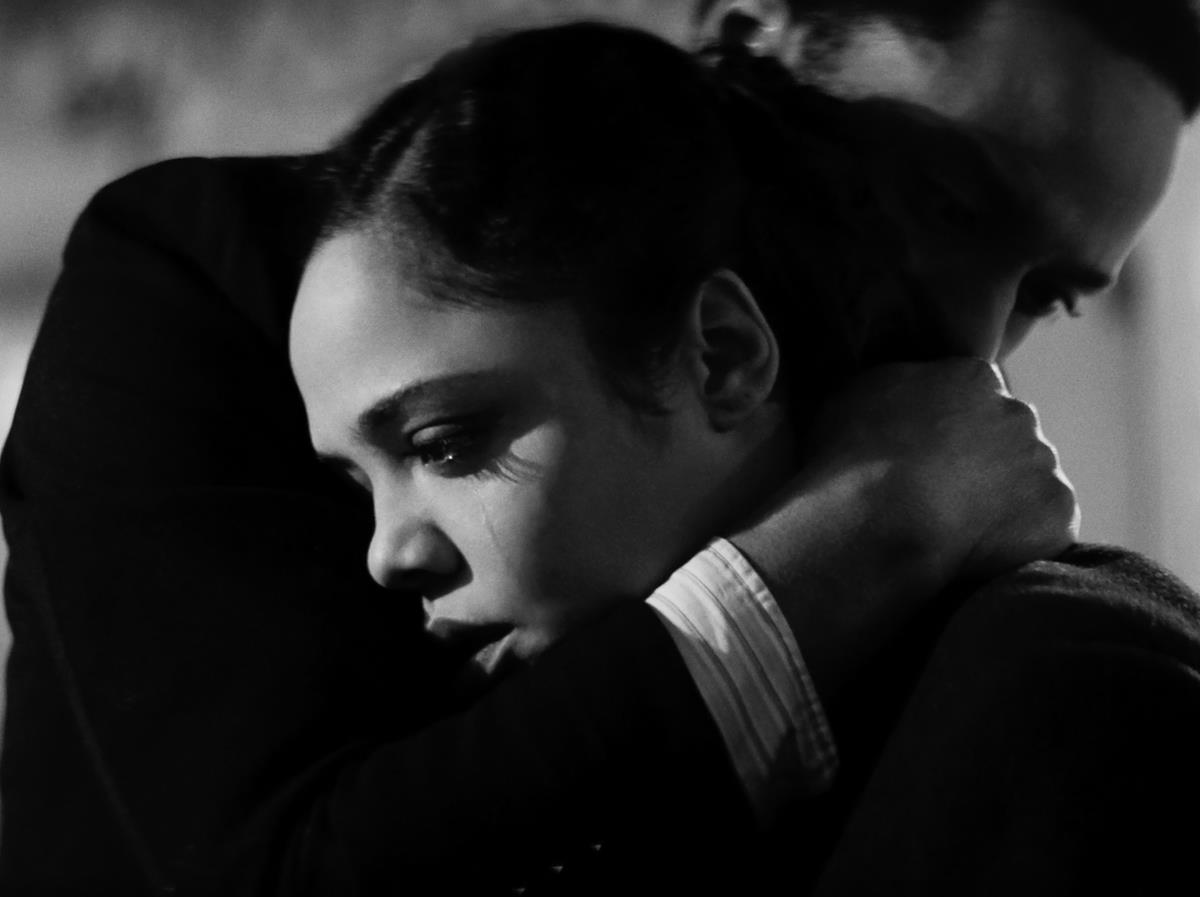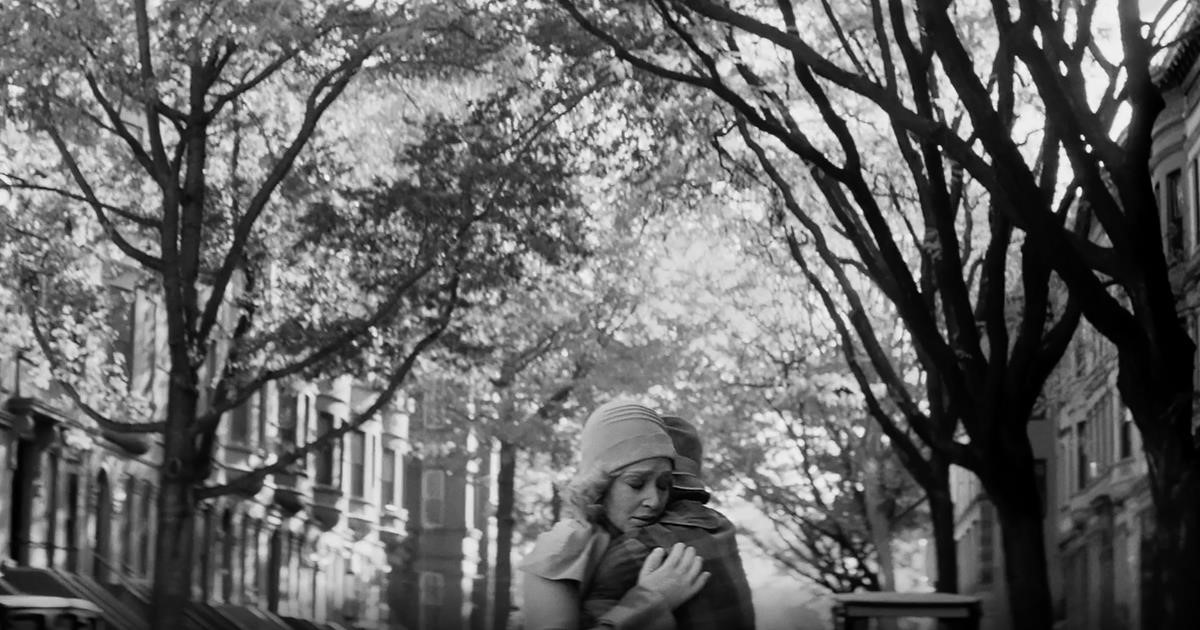
“Passing,” in this new film’s context, means racial passing, and was the main theme of Nella Larsen’s 1929 book of the same name. The premise of the book and the new film sees mixed-race childhood friends reunite in middle-class adulthood and become increasingly involved with one another’s lives and insecurities.
Irene (Tessa Tompson) identifies as African American and is married to a Black doctor, and Clare (Ruth Negga) passes as white and has married a wealthy white man who is prejudiced.
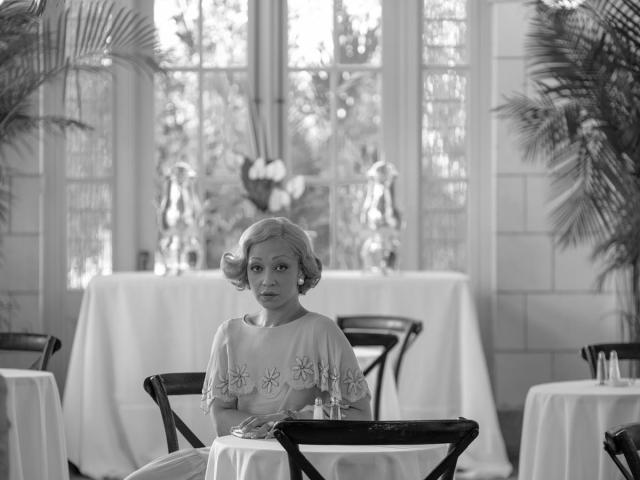
Producer and first-time director Rebecca Hall adapted the book for theaters and Netflix distribution and told MovieMaker Magazine how the story had struck close to home for her — her grandfather was African American and passed for white.
“I read this book about 15 years ago, and about 20 pages in, I immediately started fantasizing about the sort of film it could be.
“I had such a profound reaction to the book, because it gave me a whole sort of context and way of viewing my own family’s history that I was thinking about a lot more at that moment.
“When that draft was finished, it went in the drawer, and I didn’t look at it again. Part of the reason for that was that it felt too ambitious to be my first film. I knew that it had to be black and white. I knew then that I wanted it to be in a 4:3 aspect ratio.”
READ MORE: Passing Writer-Director Rebecca Hall Goes Deep on All Five Stages of Production (MovieMaker Magazine)
After about five years, Hall started showing it to people; cinematographer Eduard Grau got to hear about it. He was looking for his next project after The Way Back and wanted to work with a director whose vision was to elevate the material into something intellectually profound.
As Grau told Variety, Hall seemed to be the ideal partner. “She was already going in that direction, and focused on making a movie with visually striking poetry,” he said.
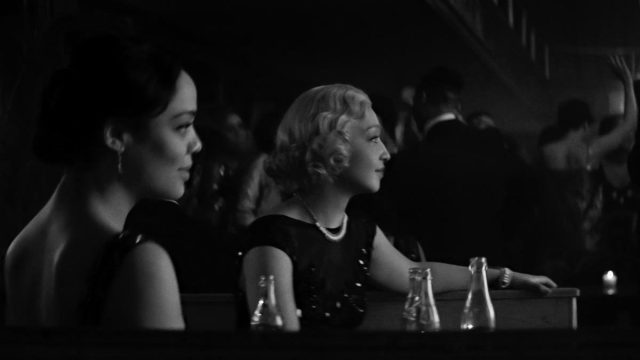
Hall and Grau looked at a wealth of black-and-white films for inspiration but noticed the images, whether shot on film or digital, were too crisp and clean around the edges. “That was something we found interesting. So we went on a hunt for lenses that would add characteristic qualities to the frame,” Grau commented.
They ended up using anamorphic LOMO lenses. “We found they gave this beautiful softness around the edges, which gave the frame a painterly quality that was almost impressionistic,” the DP explains. That approach, he says, centered the focus on the characters in the intimate close-ups that Hall wanted to use to tell the story.
Additionally, Grau boldly went against the trend of shooting in 4K, opting for a much softer 1.7K image resolution. “The loss of precision helped the audience to be imaginative and create an image of more than what was in front of them,” he says.
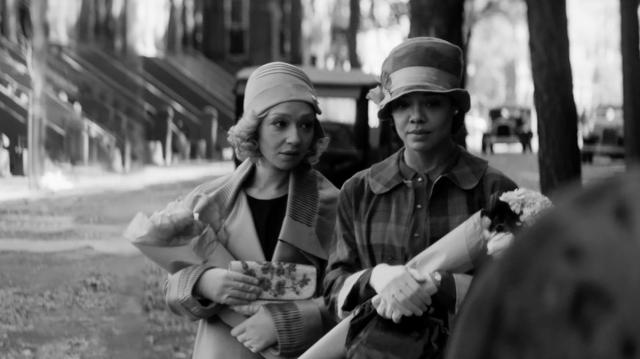
READ MORE: ‘Passing’ Cinematographer Eduard Grau on Rebecca Hall: ‘She Focused on Making a Movie With Visually Striking Poetry’ (Variety)
But Hall saw the use of black and white as more pivotal to the film’s themes, “Black-and-white was one of the first things that was always an idea that seemed very integral — the master key to the whole story and everything else. It’s about perception, and who gets to decide who is what.
“There’s a process of translation that happens when we watch a black-and-white movie. Of course, the world isn’t black and white and yet we naturalize it, we make it real, even though we know it’s an abstraction. Something similar happens with race: We look at everybody and we have the main categories of black and white, even though nobody is black and white. And similarly, film isn’t actually black and white, it’s gray.

“I wanted to draw attention to that and hopefully complicate it and make people think about that obsession with those categories. There’s a history of passing movies, and they always cast white actors. It felt imperative to me to cast black women. Also I found there was something interesting about casting women who don’t necessarily obviously ‘pass.’ ”
The COVID pandemic threw another twist into Hall’s first film, and she admits to having a “weird” editing experience with editor Sabine Hoffman. “We did two or three weeks together in a room, and then COVID hit. I went to my home in the countryside. Sabine stayed where she was, and we did it remotely for months.
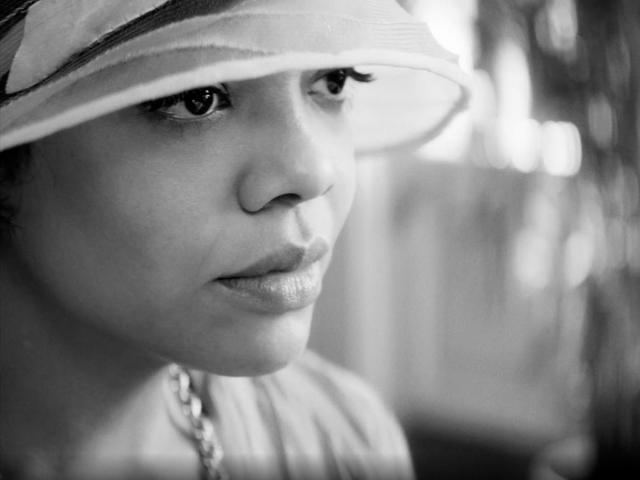
“The process was much slower. Sabine would work on like three minutes of a scene. She’d fiddle with it. It would take about two hours for her to upload it to me. Then I would watch it and write back.”
Speaking to CineMontage, Hoffman remembers the experience as a great one, mainly because of Hall. “As a terrific performer herself, Rebecca has a deep understanding of how to communicate with her actors before and support them during the intense process of the shoot — she is kind, generous, and brilliant. It was wonderful working with her.”
Hall recalls the experience as delicate. “Using Frame.io, I could make precise notes, like: At 3.4 seconds, let’s shave off however many frames. We got granular. At this point, let’s cut back to here. I’d make all the notes on Frame.io and send it back to her. Then I would have to wait another two hours for these tiny changes to happen. In that time, I would go for a walk in my garden. Ideas would just emerge in these quiet moments that I’m not sure would have emerged otherwise. I feel grateful we had so much space around the editing process, because we were able to get so delicate.”
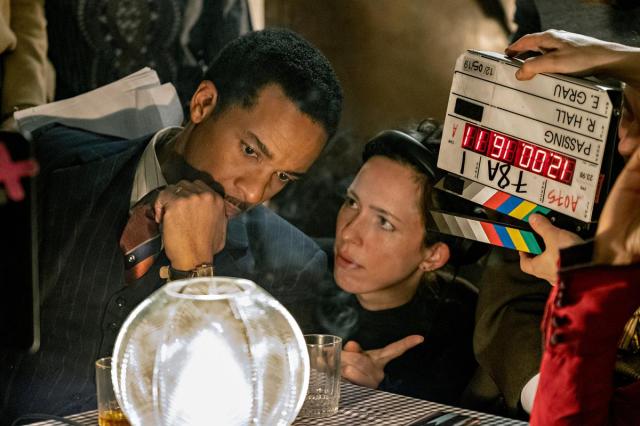
READ MORE: Sabine Hoffman Talks of Editing a Black and White Journey in Period Drama ‘Passing’ (CineMontage)
Hall took the movie to Virtual Sundance and ended up with a Netflix deal. “The whole distribution stuff was completely alien to me. I went into it so blind, I had no idea about anything. This is a whole world that makes very little sense to me. It was quite intimidating and overwhelming. But we came out of it in such a happy place.
“Everyone had been telling me for seven, eight years: You’ll never get this made, and, If you do, you have to make it for so little money. And then, No one will buy it because it’s in black and white.”
Want more? In the video below, Passing cinematographer Eduard Grau ASC, AEC talks about working with first-time director Rebecca Hall, the creative choice to shoot in black and white, and how anamorphic lenses gave the film its own unique character:
In this video for the Scene at the Academy series, writer, director and producer Rebecca Hall and actors Tessa Thompson and Ruth Negga break down the visual storytelling and nuance of performance from a pair of sequences that set the tone for the film’s two central characters and their unique relationship throughout:
You can also watch this Q&A with Rebecca Hall in discussion with In Creative Company’s Mara Webster:



